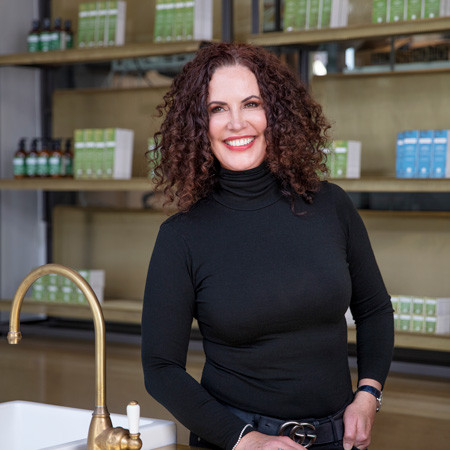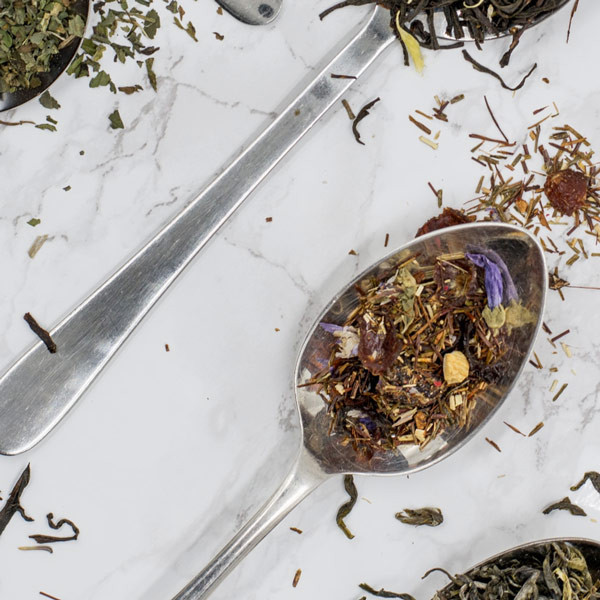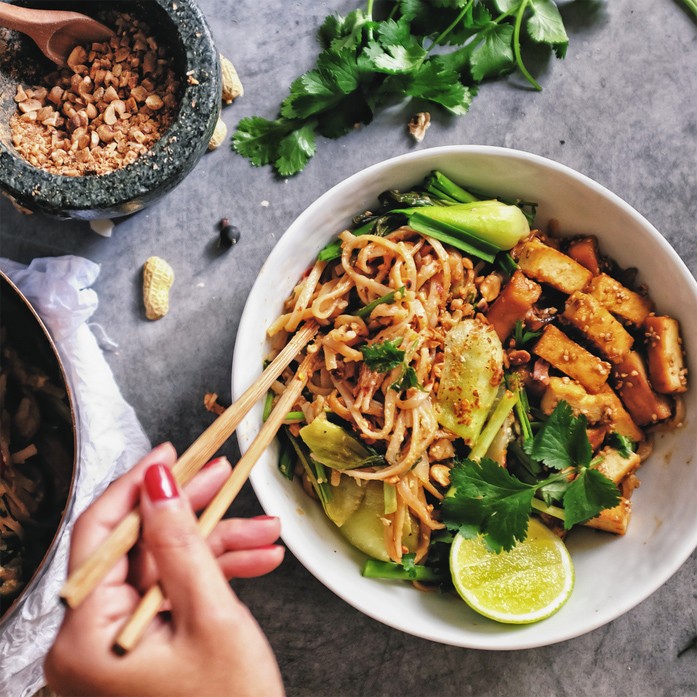Let’s be honest, transitioning to a vegan diet is not necessarily easy but if you have a solid foundation and principles for health or ethical reasoning then the benefits may far outweigh the challenges.
If you find yourself reading this blog as a new convert or someone looking to eat more plant based meals in the future, I won’t be writing about how good you will feel both physically and consciously from making the switch, as I’m guessing you are already aware of the benefits to both physical health and the environment. This blog series is going to cover the nutritional considerations when transitioning away from animal products, as well as provide tips and considerations when encouraging your family members to do the same.
Vegan protein
Starting with the biggest consideration for most when following a vegan diet; protein. Now both vegetarians and vegans often feel they might struggle to meet their protein requirements but this is incorrect. Most people share similar concerns, whether vegan or carnivore, and it is more about the ideal distribution rather than the actual quantity. For maintenance of lean body mass, we need between 0.8-1g of protein per kilogram of body weight each day. If you are 70kg, that’s 56-70g of protein each day, which can be easily achieved through a plant-based diet. Good protein sources include; Tofu and soy products, legumes, chickpeas and cereals. Naturally these foods are lower in protein than meat but reaching around 70g total weight per day will likely be sufficient for most. This may look like the following meals;
- Breakfast - 200g of rolled oats (cooked) with 1 cup of non-dairy milk – 30g of protein
- Lunch: 1x Wholegrain Sandwich with 50g of hummus and salad – 15g of protein
- Dinner: 200g of tofu/mock meat, 100g of lentils/beans and brown rice/quinoa and vegetables. – 30g of protein
As you can see, we haven’t even touched on snacks and we’ve already hit 75g of protein for the day. Adding starchy vegetables, nuts and other protein-rich foods will add to your protein intake.
Another common concern is regarding protein combining. Proteins consist of a branching of amino acids, with 9 types that are considered to be essential, which means the body cannot make them. These amino acids are abundant in animal proteins but one or two can be lacking in certain plant sources. For example, cereals tend to be low in lysine and legumes are low in methionine. On the other hand, soy, quinoa and amaranth have moderate amounts of all essential amino acids.
Due to plant sources lacking certain amino acids, it used to be recommended for vegetarians and vegans to combine protein sources at meals to ensure they are consuming a ‘complete’ protein intake. However, this is not accurate as our body stores and maintains a pool of amino acids to be used in times of deprivation or inadequacy. A simple assessment of weight gives you an insight into whether you are meeting your targets for protein; if you are weight stable it is likely you are hitting your protein goals. If you are losing weight, you are likely at risk of inadequacy in protein.
Iron Deficiency Anaemia
Anaemia is a common concern for vegans, which is fair seeing as the bioavailability of iron is reduced and B-12 does not naturally occur in plant foods, but it is worthwhile noting that there are many factors that play a part in iron metabolism and consuming a vegan diet is only one part to this story. Anaemia can stem from blood loss (high impact sport, wounds and menstruation), medication interactions and decreased absorption as you age. Anaemia is not a systemic symptom of a vegan diet, but its risk is increased.
Plant based food sources contain non-haem iron, which is less readily absorbed than animal-based haem iron (what we utilise). Non-haem iron absorption can vary from 1-23% and this can be due to an individual’s iron status and diet. Whilst this may appear low, haem iron is only absorbed at a rate of 15-30%, therefore the planning of a vegan diet is slightly more important to ensure sufficiency with this particular nutrient.
Vitamin B-12 is much easier to obtain than iron despite not occurring naturally in plant-based foods. There are plenty of foods fortified in Vitamin B-12 that can be found in plant sources such as fortified soy milk, nutritional yeast, cereals and grains. The trick is to pay attention to foods fortified in vitamin B12 as not all will be. A cup of fortified soy milk will give you up to 45% of your recommended dietary intake of vitamin B12 and fortified cereal or grains can get you over 100% of your recommended dietary intake.
Vegan Diet and Satiety
Discussing the feeling of fullness (satiety) can become quite complicated as it has both physical and psychological characteristics that influences a person’s perception of fullness. Commonly people will refer to fullness as the physical feeling of one’s stomach, which is a reason why we are seeing increasing obesity rates across the globe. Energy dense foods are often consumed in large amounts until we have achieved the physical sense of fullness. Fibre, fats and proteins delay gastric emptying as their metabolism requires a prolonged period in the stomach. This tricks us into feeling fuller for longer as we are accustomed to the physical weight of food sitting in our stomach. Our typical diet is disproportionally weighted to include high amounts of fats and proteins, which prolongs this gastric emptying. A vegan diet tends to be much lower in fats and potentially protein but definitely higher in fibre. This macronutrient change can be enough to satisfy the hunger or desire to eat for most, but ensuring you are adding some essential fats to your meals and garnishing this with protein sources such as legumes, tofu or wholegrains can be fundamental in guaranteeing you are 100% sated with a vegan diet.
This is a basic overview of some common misconceptions yet considerations for following a vegan diet. As you can see there are a vast range of positive benefits but also some considerations for those that are at risk of anaemia or struggle with hunger. Always remember there is help out there to assist with transitioning to a vegan diet and maintaining not only nutritional health but longevity with this style of eating.

Love Health?
From recipes, trends and discounts, expect great things via email this month.
More Great Reads!

Behind The Brand: Antipodes
Recipes We Love!

Clever Cookies












